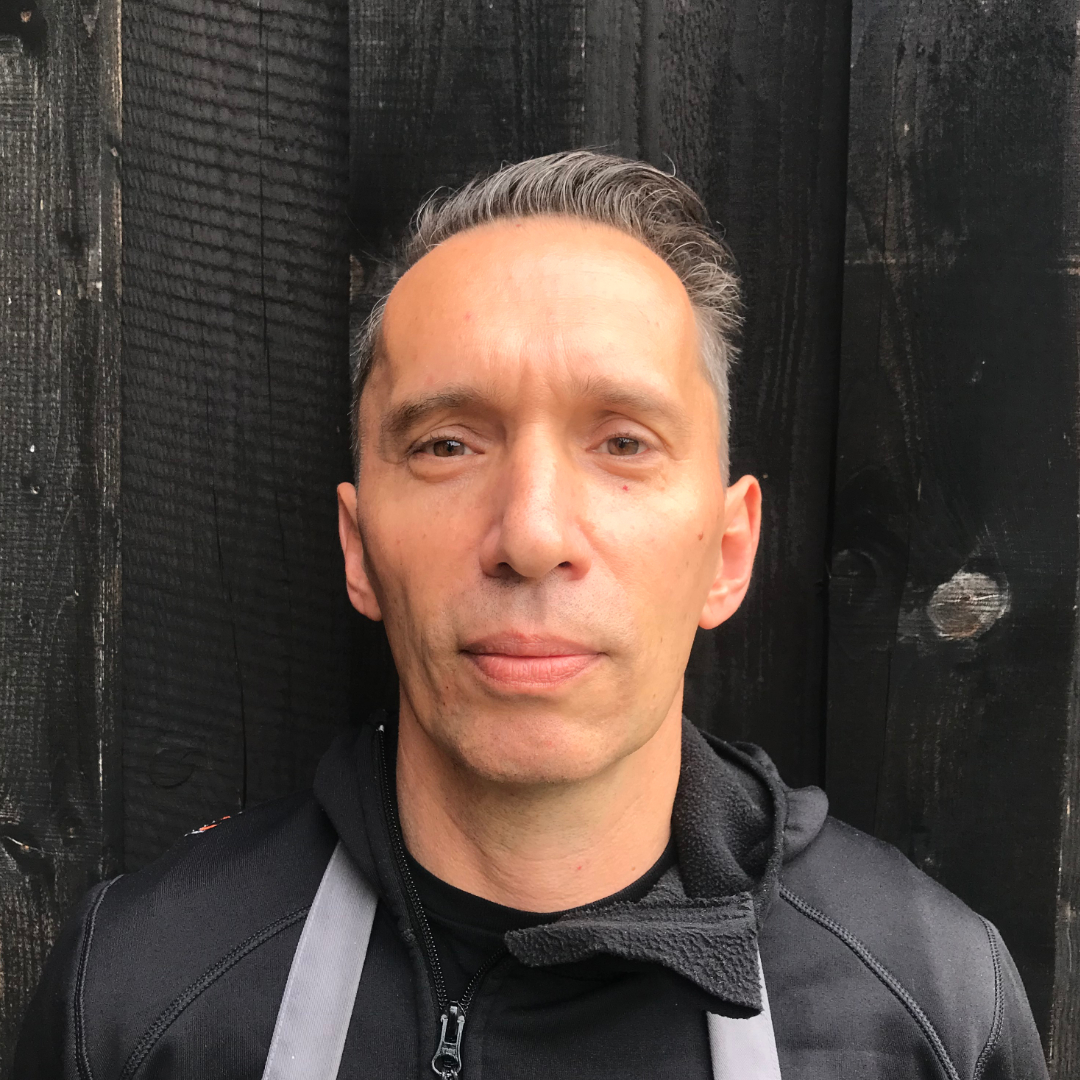Tomasz Westrych 'Lapidarium'
opening: 20/01/2023
exhibition: 20/01/2023 – 10/02/2023
There are not many artists who approach the emploi they formulate with the same consistency and meticulousness as Tomasz Westrych treats art. Due to the infrequent individual exhibitions, each time he proves to the audience his conscious artistic choice. This state of affairs is significantly influenced by, for example, the long process of preparing the material and the intentional selection of the presentation places, which, contrary to appearances, is not a common practice among artists.
Although Westrych developed a unique paper sculpting technique, it is not the paper but the sculpture itself that is the subject that absorbs his interest. He directs his search into very private and inner areas. Through paper, he reaches to nature, to its primordiality, but also to its fully sensual and intimate character. Tomasz Westrych does not create by chance, but from a deep need for internal conversation. Sketches, drawings, plaques, bas-reliefs and finally full-size sculptures come to light from this dialogue. Taking a certain leading road does not take place without a clearly defined goal. Through humility and the lessons of working in the material he uses, he drifts towards personal perfection. He draws from man, reality and the previously mentioned nature. What is important: he is not afraid of returns, verification of bygones, he considers the past and draws conclusions from it. As a Cartesian artist, he places himself in the role of a philosopher, a Neoplatonic demiurge-creator, and becomes the narrator of his life and artwork. Thus, he forms a personal cosmogony within which only those who dare to confront the artwork have access.
There is no doubt that “The Divine Comedy” of Dante Alighieri had recently a considerable influence on Westrych. The artist dedicates a whole system of signs and references in his artwork to reflection on reading, he reaches for the epistolary motif, he treats memories as a tracing paper of memory, which returns in a distorted and changed form, and at the same time it is emphasized in these transformations and fading color or lack of it. The way the artist corresponds with Dante is not only intimate, but also very deep, resonating in the sphere of individual feelings and experiences, beliefs that have taken root in us a long time ago. This moment of reflection is important due to the growing disproportion between the artist’s internal value system and the rapidly changing world. Metaphysical returns serve to revise the surrounding reality, but they are equally conducive to wandering around the spiritual world.
Formally, Westrych;s synthesis of shapes and rhythms remains unchanged. The title of the exhibition “Lapidarium” draws us not only historically to the times when lapidaries were popular, but also to the artist’s doctoral dissertation, which years ago bore a delusively similar title. Is this how Westrych creates the illusion of mirrors in which he tries to see himself? Or does he check that the reflections remain unchanged?
What cannot be denied is the artist’s extraordinary expression obtained with sparing and selective sculpting. Probably because of the burden of experience imposed on the work, or maybe because of a perfectly developed competence. A certain kind of cubicity, playing with the illusion of space and ‘human’ as a genesis are not without significance. In this wonderful salon of endless experiences, the artist also found a place for a kind of diary, a record of thoughts and observations in the form of sketches that clearly emphasize how personal and intimate Tomasz Westrych’s art is.
“I have learned respect and patience for stone” – these words spoken long ago are not a sign of humility, but proof of treating profession as a craftsman, from the point where work makes an artist. Tomasz Westrych’s “I, the artist” can be complemented by the paraphrase “creo ergo sum”.
When talking about the artist’s returns to the past, about the revision of memories, it becomes important to recall a few sentences from the exhibition at BWA Przemyśl I reviewed, entitled “Discidium/Parting”
“The artist creates in his entirety, bears responsibility for his work, his sculpture lasts in time and is subordinated to it. […]”
“[…] a kind of dismemberment, the interpenetration of shapes, a certain release from their strict form, suggests to us the changes that take place in Nature […]”
“Through the Latin titles, the artist bows to history and tradition, and also emphasizes the poetic nature of the solutions he uses. […]”
“The exhibition of the Krakow sculptor is an obvious signum for me, a sign not only of time, but also of the artist’s work, which leaves a lasting mark in the mind of the observer. […]”
Karolina Wójcik, curator of the exhibition
Tomasz Westrych

Born in 1968 in Kraków. Artist, sculptor, doctor of arts, teacher. He studied at the Faculty of Sculpture of the Academy of Fine Arts in Krakow, where in 2006 he received his PhD. Currently, he leads the I Sculpture Studio of the Faculty of Interior Design at his alma mater, where he also is the curator of the departmental Art Gallery ‘Strefa’.
He deals with sculpture, drawing, medallic art, conservation of stone and wood. For a decade, his artistic researches have been related to the acquisition and recycling of paper, transforming it into original sculptural forms. Member of the International Association of Hand Papermakers and Paper Artists (IAPMA). Author of numerous individual exhibitions, participated in many group exhibitions and artistic residencies. His works are in collections in Poland and abroad.
Art Gallery
"W Przyziemiu"
ul. Starowiślna 36
31-032 Kraków
info@galeriawprzyziemiu.pl
+ 48 690 303 602
Copyright © 2021 Galeria Sztuki ‘W Przyziemiu’. All rights reserved
